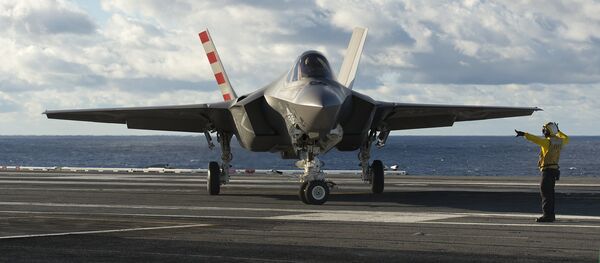Speaking to Russian radio station RSN, Lieutenant-General Leonov indicated that "over the long term, we will be faced with hypersonic targets such as warheads [which do not fly to their target according to a traditional ballistic trajectory], as well as hypersonic aerial vehicles; this trend is very promising. Work to combat these prospective weapons must be organized, and is in fact already being carried out."
Late last year, Leonov noted that Russia's air defenses would be looking to achieve the capability to repel hypersonic attacks by the year 2020. "Creating next generation air defenses capable of effectively fighting all types of air attacks, including hypersonic ones, is one of the main directions of development of Russia's air defense forces until 2020," the officer said.
Russia's Ground Forces Air Defense Force is part of the country's ground forces; their current equipment includes advanced mobile missile and artillery-based air defense systems including the S-300 and the S-400 long range SAMs, the Buk, Tor and Strela-10 short to medium range SAMs, and the Pantsir-S1 and Tunguska combined SAM and anti-aircraft artillery weapons systems.



